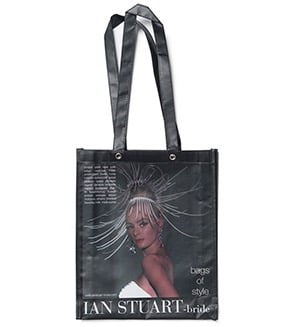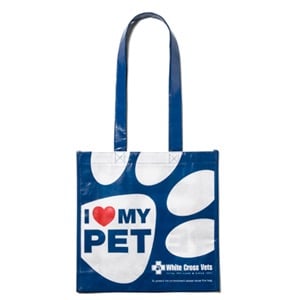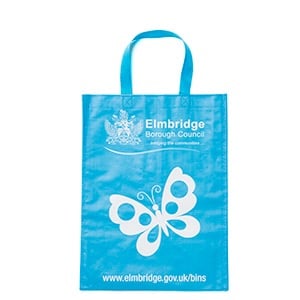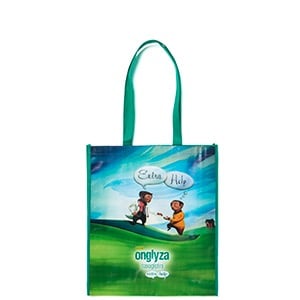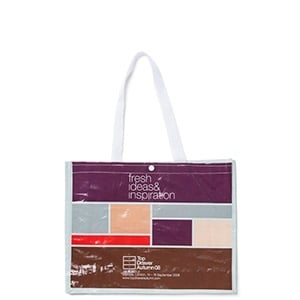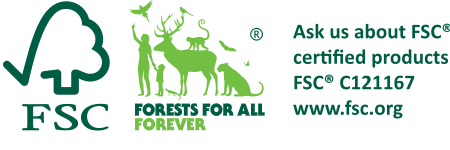Woven polypropylene (PP) bags are renowned for their exceptional strength, durability, and versatility. Made from woven strands of polypropylene with either a matt or gloss lamination finish, these bags are designed to handle heavy loads and withstand rigorous use, making them a popular choice across various industries.
Woven polypropylene bags are a versatile, durable, and eco-friendly. Their strength, reusability makes them a preferred choice for many industries. By choosing woven PP bags, businesses can enhance their sustainability efforts while providing a reliable and practical product for their customers.
All our woven bags are custom-made, allowing us to offer bespoke styles, sizes, and printing options tailored to your specific needs.
These bags are ideal for high-quality CMYK printing. The lamination is gravure printed before being applied to the non-woven fabric, ensuring vibrant and long-lasting graphics.
For your initial order, we will need to create printing plates. The cost of these plates is based on the image area, with an approximate cost of £100 - £150 per colour. Due to the high initial setup cost, this style of bag is not suitable for short runs.
- Full Colour Printing (CMYK)
- Pantone Printing
- Bespoke Bag Service
- Heavyweight, strong and durable
- Numerous bag styles
- Standard Delivery - 12-14 weeks
- Express Delivery - 4-6 weeks
- Matt or gloss lamiantion
- Minimum order - 2000 bags
- Edge to Edge printing
- Water resistant
Bespoke Printed Laminated Woven PP Bags
We manufacture woven bags in numerous styles and with lots of additional extras including pockets, zips, popper closures and different handle options.
Laminated woven shopping bags are designed to withstand heavy loads and frequent use, making them a long-lasting alternative to single-use plastic bags.
By opting for laminated woven shopping bags, businesses and consumers can significantly reduce their reliance on single-use plastic bags, promoting a more sustainable and environmentally friendly option.
These bags can be recycled at the end of their lifecycle, further minimizing their environmental footprint.
